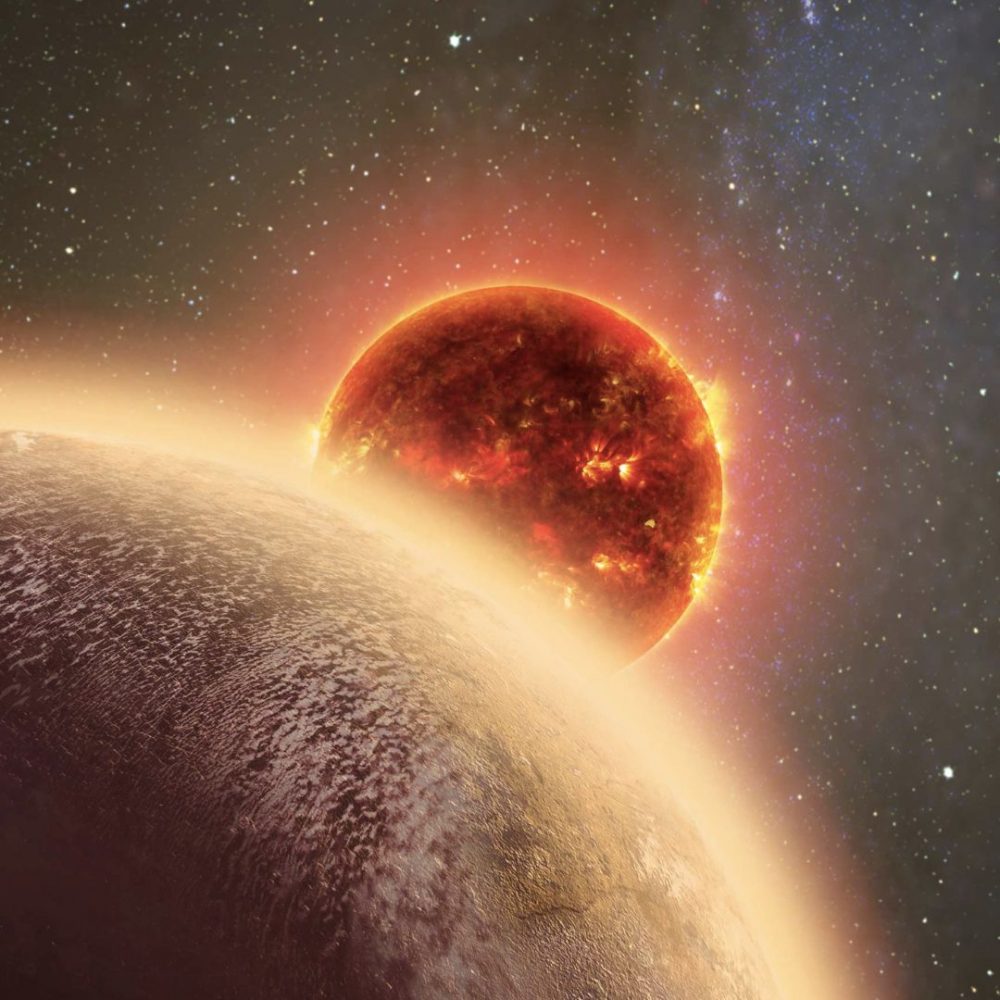
Scientists uncover a “super-Earth” with no atmosphere!
Recommended for Middle Grades
A group of scientists used the Spitzer Space Telescope to measure the super-infrared Earth’s emissions as it went through a second eclipse.
A second eclipse happens when a planet goes into an eclipse behind its parent star.
Astronomers have been interested in the universe for thousands of years because it is so big, interesting, and hard to understand. It’s a place that has really gotten their attention. Humanity has never stopped wondering if we are the only intelligent creatures in the whole universe.
Since we started looking for life outside of our solar system, not even a century ago, we have already found many planets in the galaxy that are similar to Earth. One of these planets, GJ 1252 b, has been called a “super-Earth” because its surface is so hot that it could melt gold.
Key facts!
- Recent research has shown that the Earth-like rocky exoplanet GJ 1252 b may not have an atmosphere because it is so scorchingly hot during the daytime.
- The research was conducted with the now-defunct Spitzer Space Telescope to measure the super-infrared Earth’s radiation as it entered a secondary eclipse.
- According to NASA, the team discovered that GJ 1252 b’s dayside temperatures were at a scorching 1,228 degrees Celsius.
- The extremely high temperatures and low surface pressure lead the team of astronomers to forecast that GJ 1252 b probably does not have any atmosphere at all.
- As a result of these discoveries, this is the smallest exoplanet for which scientists have such a precise picture of its atmosphere.
- GJ 1252 b is a rocky, terrestrial exoplanet that was discovered in the year 2020.
- It has a radius that is 1.18 times larger than the Earth’s, and it is located 65 light-years away from the blue planet.
- In its system, it is much closer to its star than the Earth is to the sun “always looks in the direction of its star.
- This location is to blame for the ever-increasing temperatures that have been seen on the exoplanet.
Youtube User “National Geographic” shares all there is to know about Exoplanets.
Curious Times is a leading newspaper and website for kids. We publish daily global news aligned to your learning levels (also as per NEP 2020): Foundational, Preparatory (Primary), Middle and Senior. So, check out the News tab for this. We bring kids’ favourite Curious Times Weekly newspaper every weekend with top news, feature stories and kids’ contributions. Also, check out daily JokesPoke, Tongue Twisters, Word of the Day and Quote of the Day, kids need it all the time.
Curious Times News Program for Schools for FREE. Over 5,000 schools and teachers from all over the world have joined our programme so that students and teachers can get FREE Educative Newspaper. Here, kids can take part in world events and win prizes and certificates for free through their schools.
Moreover, schools are sharing important School News, like interviews with the principal, notices about new students, contests, and results, not just on social media but also on a news website for kids and other schools.
Thus, do not wait any further, sign-up for your school for FREE.
The following social media platforms allow you to communicate with us: WhatsApp, Instagram, Facebook, Youtube, Twitter, and LinkedIn.
0 (Please login to give a Curious Clap to your friend.)
